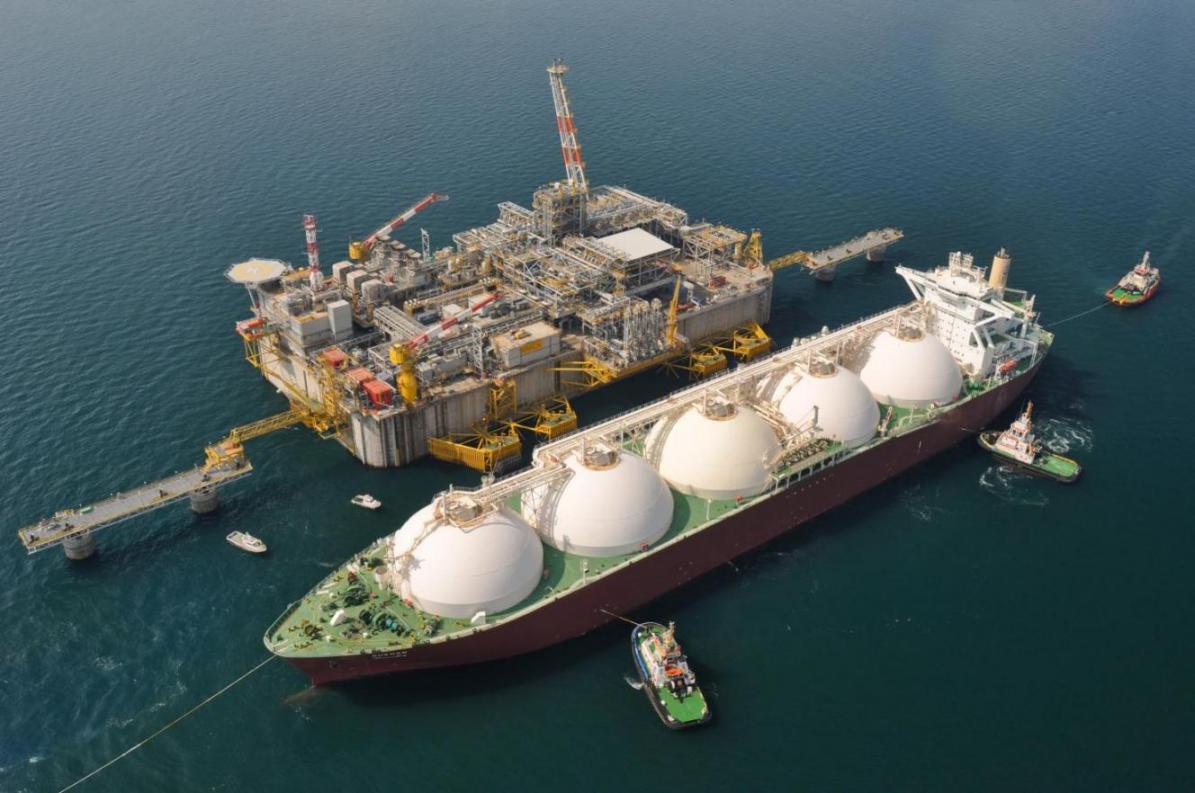When Russia’s biggest tanker operator launches four new vessels next year, they will not just be carrying oil to northern Europe, but the hopes of the liquefied natural gas industry.
Russian maritime shipping company Sovcomflot’s Aframax ships, capable of shifting 600,000 barrels of oil through the icy waters of the Baltic Sea to the port of Rotterdam, will be the first tankers to run on LNG, World Oil reported.
That is good news for fuel supplier Royal Dutch Shell Plc and the other energy companies that have invested more than $700 billion in LNG projects over the past decade. While ships will not transform the market -- Energy Aspects Ltd. estimates that LNG as a marine fuel will account for less than 2% of total demand by 2025 -- Russian tankers and Mediterranean cruise liners will help ease a global glut.
“People need to find more customers for LNG,” said Michael Newman, a shipbroker at Fearnleys A/S in London. “Big mega-projects are increasingly being replaced by smaller trains and smaller volumes, such as those for use of LNG as a transport fuel.”
Since 2014, the spot price of LNG has dropped by two-thirds to $5.4 per million British thermal units as supply swelled, crude slumped and large buyers such as Japan and Korea slowed purchases. That is pushing the industry to look beyond long-term contracts with power utilities to find other sources of demand.
At the same time, stricter environmental standards are pushing ship owners to consider cleaner fuels such as LNG, which contains virtually no sulfur. The International Maritime Organization will from 2020 impose a sulfur cap of 0.5% on marine fuel, down from the current global limit of 3.5%.
Against that favorable backdrop, the number of LNG-fueled ships will more than double to 200 by 2020 from 77 last year and just five in 2005, according to London-based Energy Aspects.


